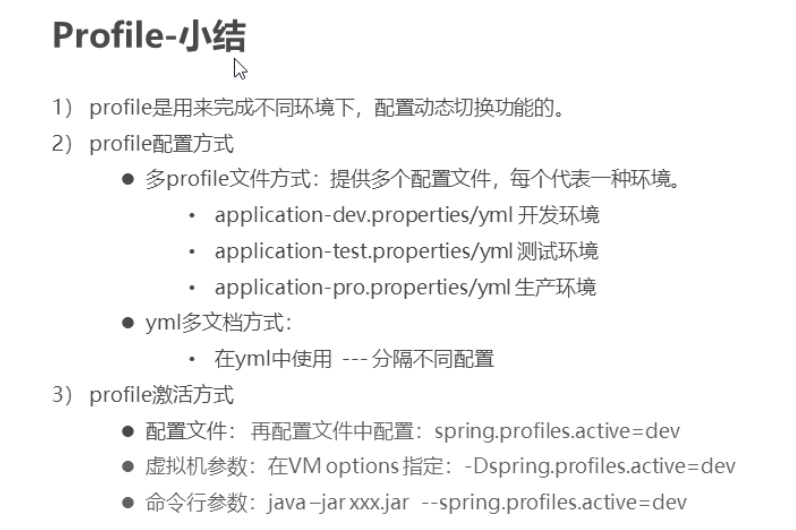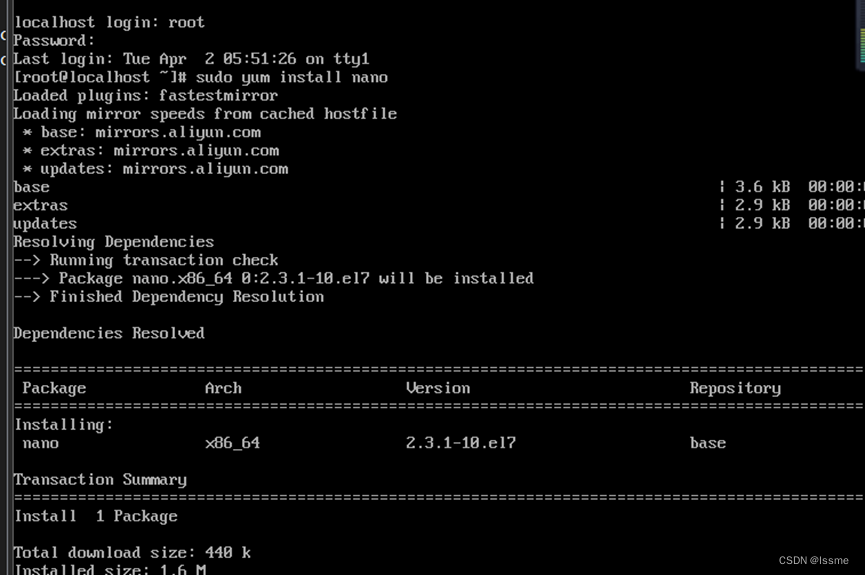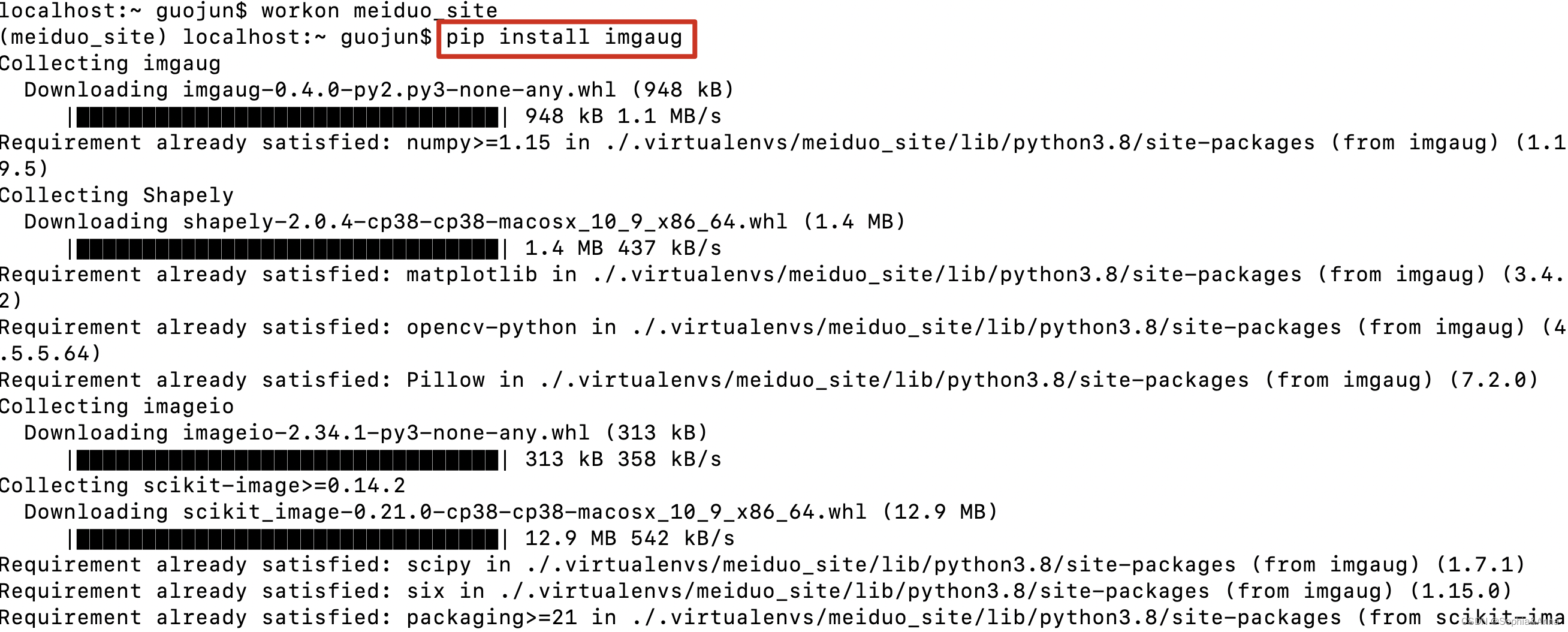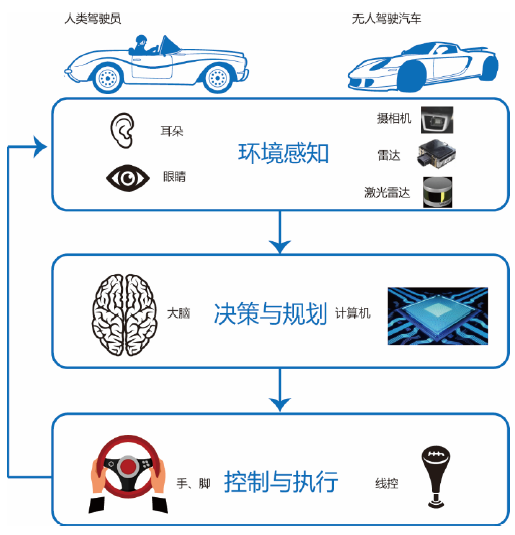TaskWeaver使用记录
- 1. 基本介绍
- 2. 总体结构与流程
- 3. 概念细节
- 3.1 Project
- 3.2 Session
- 3.3 Memory
- 3.4 Conversation
- 3.5 Round
- 3.6 Post
- 3.7 Attachment
- 3.8 Plugin
- 3.9 Executor
- 4. 代码特点
- 5. 使用过程
- 5.1 api调用
- 5.2 本地模型使用
- 5.3 添加插件
- 6. 存在的问题与使用体验
- 6.1 判别模型以提供给planner不同的prompt
- 6.2 缓存prompt
- 6.3 判断会话是否结束
- 6.3 executor的结果直接反馈给用户
- 6.4 陷入死循环的问题
- 6.4 额外的角色专门与用户进行交互
- 6.5 用户介入流程copilot
- 7. 总结
1. 基本介绍
本文记录一下taskweaver项目的使用过程,其中遇到的问题,以及带来的启发。
Taskweaver是最近比较火的一个AI Agent项目,由微软开发,目前在git上已经有4.6k Star。
项目地址:https://github.com/microsoft/TaskWeaver
论文地址:https://export.arxiv.org/pdf/2311.17541
说明文档:https://microsoft.github.io/TaskWeaver/docs/overview
Taskweaver的特点是,能够按照用户的指示,自动生成并执行代码,以完成一些更复杂的任务。在执行过程中,不仅保留了对话历史,还将代码执行的结果(包括报错信息)保留下来,以便解决代码执行过程中的问题。
2. 总体结构与流程
下面引用的是Taskweaver的结构图:

从图中可以看出,Taskweaver主要由两部分构成,Planer和Code Interpreter,其中Code Interpreter又由负责生成代码的Code Generator和负责执行代码的Code Executor构成。
从执行的流程上来看,可以大致划分为以下几个过程:
- (1)用户发出指令,Planer接收到用户的指令。
- (2)Planer根据用户的指令,结合prompt中的例子,做出初始计划(init plan)。
- (3)Planer将init plan转化为更加精简的最终计划(final plan),计划中的每一步可以看作是一个子任务。
- (4)逐步将计划中的每一步发送给Code Interpreter。
- (5)Code Generator根据接收到的任务,从可用的插件里进行选择,并生成一段用于完成当前步骤的代码,发送给Code Executor。
- (6)Code Executor执行代码,并将执行结果反馈给Planer。
- (7)反复执行4-6,直到所有步骤都已经执行完成。Planer将结果返回给用户。
- (8)用户可以继续发出新的指令。
在论文的附录A中,给出了具体的例子:

3. 概念细节
在Taskweaver中,涉及到很多概念,在这里进行汇总介绍。
3.1 Project
项目可以看作是taskweaver中最高层级的概念,每个项目会指定一个特定的目录,其中包含了指导planer的prompt和example,项目下的每个会话(Session)的日志,项目中可以使用的各类插件,以及使用的LLM相关的配置。
基于每个项目可以多次创建会话。
3.2 Session
会话是实际代码执行中比较高层级,独立且完整的概念了,各种角色、组件都是挂在具体的会话下,每次启动taskweaver,就视作是唤起了一次会话。
3.3 Memory
Memory相当于是对话历史plus,除了像一般的LLM项目中,将对话历史保存下来,memory还保留了Code Executor的执行结果,并且在保留记忆的时候,利用compression组件对对话的内容进行了总结。
在代码结构中,Memory作为Session的一个属性。
3.4 Conversation
有点反常识的是,对话是Memory的一个属性,memory保存着所有的对话过程。而对话中记录的是taskweaver系统与用户交互的过程,每个对话由若干轮次(Round)构成。
3.5 Round
Round是conversation中的基础单元,每个round可以看作是post的集合。在round中记录着当前轮次的状态。
3.6 Post
Post是在不同角色之间传递的消息,这些角色包括用户,Planer,Code Generator,以及Code Executor,记录了从哪个角色发送到哪个角色,以及消息的内容和附件(Attachment)。
3.7 Attachment
Attachment是在Post中,除了一般的文本信息之外,需要特殊被标记出来的附件,包括code,markdown,execution_result等,不同的角色通过判断特定的attachment的类型和其中的内容,来采取进一步的行动。
3.8 Plugin
插件是在代码生成过程中,提供给Code Generator的,用于完成某些相对复杂的任务。在提供插件的时候,需要提供两个文件,其一是py脚本,一旦插件被选中,脚本会被提供给Code Executor用于执行;其二是yaml文件,用于添加到Code Generator的prompt部分中,其中提供了该插件的介绍,使用例子,以及输入输出的类型等信息。
在执行的时候,Code Generator有两种模式选择可用的Plugin。
- 默认全部可用,yaml文件中的enabled设置为true的全部plugin都会被加载。
- 使用相似度判断,使用LLM Service中的embedding服务对plugin的desc和当前的需要执行的步骤分别进行编码,然后根据相似度取topk。
3.9 Executor
Code Generator所生成的代码会交给Code Executor执行,这样就要求Executor具备python运行环境。Executor使用执行代码有两种方法,docker容器和jupyter kernel。在默认的配置中,使用的docker container,但是我实际操作过程中,会出现报错,可能是环境配置的缘故。所以在environment.py中,将mode写成EnvMode.Local,于是可以运行。
但是需要注意的是,Local模式的原理是利用ipykernel模块创建jupyter内核,这样的运行环境是与启用taskweaver的python环境是一致的,这样并不安全,也不灵活,这也是为什么taskweaver并不建议使用这种模式。
考虑到Code Generator所生成的代码中,包含try import; execept pip install 之类的语句,这样的作法可能会改变基础python环境,所以我在实验过程中,将各种prompt和example中与pip install语句相关的部分都删除。
如果需要在不同的环境中运行代码,可以在plugin中添加自定义组件,并且在组件中访问其他环境所创建的api。
4. 代码特点
作为一个相当完备的项目,taskweaver的代码注释比较清晰,但是由于加入了各种工程化的部分,导致代码读起来并不轻松,如果做实验的话会比较麻烦,尤其是引入了类似JAVA各种框架中的inject机制,在逐步debug的时候非常不方便。
-
从代码结构来看,项目代码中,
taskweaver目录下是源码部分。 -
project目录中是当前的项目信息,项目可用的插件文件,Planer的example,执行的日志等。
命令行启动一个TaskWeaverApp时,需要指定具体的项目目录。 -
playground中提供了web界面。
另外,这个工程在运行的过程中,受到@tracing_decorator的影响,导致报错(装饰器内报错)在打印之前,并不能够像一般的程序一样,将所有print的信息打印出来,使得debug更费劲了。一个小技巧是将print改成raise,将需要打印的内容当作错误抛出,就可以看到打印的内容了。
5. 使用过程
这一部分记录一下使用taskweaver过程中遇到的一些问题。
5.1 api调用
首先是关于大模型的使用,taskweaver提供了若干种模型的调用方法,包括openai,qwen等接口的使用。通过配置API KEY可以轻松的使用这些大模型。
然而直接使用api也存在一些问题。由于访问频率以及输入prompt长度的原因(taskweaver的planer和code generator本身的prompt就很长,拼接上各种example、experience、plugin之后就会变得非常长),很容易导致大模型接口调用失败,而如果使用长文本的接口服务,则费用就会很高。
5.2 本地模型使用
如果要使用本地模型,则需要在taskweaver.llm的目录下增加一个自己的py文件,可以仿照qwen.py实现,需要保证chat_completion返回的一个Generator,其中的内容形式如下即可:
{"status_code": 200, "request_id": "226ff7aa-b675-98d0-adab-6e5b98c79250", "code": "", "message": "", "output": {"text": null, "finish_reason": null, "choices": [{"finish_reason": "null", "message": {"role": "assistant", "content": "你好"}}]}, "usage": {"input_tokens": 20, "output_tokens": 1, "total_tokens": 21}}
{"status_code": 200, "request_id": "226ff7aa-b675-98d0-adab-6e5b98c79250", "code": "", "message": "", "output": {"text": null, "finish_reason": null, "choices": [{"finish_reason": "null", "message": {"role": "assistant", "content": "!"}}]}, "usage": {"input_tokens": 20, "output_tokens": 2, "total_tokens": 22}}
{"status_code": 200, "request_id": "226ff7aa-b675-98d0-adab-6e5b98c79250", "code": "", "message": "", "output": {"text": null, "finish_reason": null, "choices": [{"finish_reason": "null", "message": {"role": "assistant", "content": "有什么"}}]}, "usage": {"input_tokens": 20, "output_tokens": 3, "total_tokens": 23}}
{"status_code": 200, "request_id": "226ff7aa-b675-98d0-adab-6e5b98c79250", "code": "", "message": "", "output": {"text": null, "finish_reason": null, "choices": [{"finish_reason": "null", "message": {"role": "assistant", "content": "我能帮助你的吗?"}}]}, "usage": {"input_tokens": 20, "output_tokens": 8, "total_tokens": 28}}
{"status_code": 200, "request_id": "226ff7aa-b675-98d0-adab-6e5b98c79250", "code": "", "message": "", "output": {"text": null, "finish_reason": null, "choices": [{"finish_reason": "null", "message": {"role": "assistant", "content": ""}}]}, "usage": {"input_tokens": 20, "output_tokens": 8, "total_tokens": 28}}
{"status_code": 200, "request_id": "226ff7aa-b675-98d0-adab-6e5b98c79250", "code": "", "message": "", "output": {"text": null, "finish_reason": null, "choices": [{"finish_reason": "stop", "message": {"role": "assistant", "content": ""}}]}, "usage": {"input_tokens": 20, "output_tokens": 8, "total_tokens": 28}}
然后编辑taskweaver.llm.init.py,在构造方法中加入自己本地的api_type。
5.3 添加插件
在前文的介绍中提到了,插件的作用是为了实现某些特定场景的功能,完成code generator无法实现的一些复杂任务。默认提供的插件包括:pdf文档阅读,图像转文本,语音识别文本,讲笑话等。
添加自定义插件的方法也不复杂,在project.plugins目中,照葫芦画瓢地加入一个py文件和一个yaml文件即可。
- 在py文件中,可以通过调用其他外部接口的方法,来使用其他环境。
- 在yaml中,需要将enabled设置为true,否则这个插件将不会被加载。
6. 存在的问题与使用体验
最后记录一下我在试用taskweaver过程中的感受,以及个人认为可以优化的方向。
6.1 判别模型以提供给planner不同的prompt
目前版本的taskweaver,所有的对话场景,使用的planner都是同样的,我们可以通过planner_prompt.yaml来查看它的prompt:
### Examples of planning process
[Example 1]
User: count rows for ./data.csv
init_plan:
1. Read ./data.csv file
2. Count the rows of the loaded data <sequential depend on 1>
plan:
1. Read ./data.csv file and count the rows of the loaded data
[Example 2]
User: Read a manual file and follow the instructions in it.
init_plan:
1. Read the file content and show its content to the user
2. Follow the instructions based on the file content. <interactively depends on 1>
plan:
1. Read the file content and show its content to the user
2. follow the instructions based on the file content.
[Example 3]
User: detect anomaly on ./data.csv
init_plan:
1. Read the ./data.csv and show me the top 5 rows to understand the data schema
2. Confirm the columns to be detected anomalies <sequentially depends on 1>
3. Detect anomalies on the loaded data <interactively depends on 2>
4. Report the detected anomalies to the user <interactively depends on 3>
plan:
1. Read the ./data.csv and show me the top 5 rows to understand the data schema and confirm the columns to be detected anomalies
2. Detect anomalies on the loaded data
3. Report the detected anomalies to the user
[Example 4]
User: read a.csv and b.csv and join them together
init_plan:
1. Load a.csv as dataframe and show me the top 5 rows to understand the data schema
2. Load b.csv as dataframe and show me the top 5 rows to understand the data schema
3. Ask which column to join <sequentially depends on 1, 2>
4. Join the two dataframes <interactively depends on 3>
5. report the result to the user <interactively depends on 4>
plan:
1. Load a.csv and b.csv as dataframes, show me the top 5 rows to understand the data schema, and ask which column to join
2. Join the two dataframes
3. report the result to the user
可以看到这其中的例子,都是读取数据相关的,所以planner能够针对taskweaver中给出的例子很好地制定计划就一点也不例外了。但是可以预料地是,当用户的指令与数据处理相关的任务没有什么关联的时候,这些prompt就没有什么价值了。
所以很自然地可以想到一个优化的点就是在对话开始之前,将用户query经过一个判别模型进行判断,分类到预设的若干任务种类之中,再根据任务的种类,加载不同的prompt,来创建相应的planner。
6.2 缓存prompt
在使用taskweaver的过程中,一个很直观的感受是,生成的效率很慢,并且随着生成的进行,效率越来越慢。
考虑调用LLM时,拼接出来的prompt除了初始的prompt本身就很长,还要拼接上各种example、experience、plugin、chat_history,这导致在启动对话的时候,需要很大的计算量,来计算prompt部分。
而prompt部分,很大程度上是很固定的(初始的prompt本身),而调用的LLM也是固定的,可以考虑采用kv cache的策略,提前将这部分算好保存下来,从而避免每次都计算。
至于plugin有没有必要提前缓存下来,然后根据被选中的情况,与初始prompt的cache进行拼接,可能需要具体实验一下才能下结论,而且如果这样改造的话,工程量更大一些。
6.3 判断会话是否结束
Taskweaver中,为了防止会话历史过长导致的计算资源开销过大,采用了Memory管理机制,利用叫RoundCompressor的组件来对对话历史进行总结压缩。但是好像并没有在用户给出新的query时,判断新的query与之前的对话历史是否相关。这里也可以添加一个判断机制,如果新的query与之前的内容完全无关时,就清除之前的所有对话历史。
6.3 executor的结果直接反馈给用户
从Taskweaver的示意图可以看出,每当Code Executor执行完代码,并不会将结果直接反馈给用户,而是将执行结果给到Planner,由Planner重新组织之后,再给到用户,在这个过程中可能存在信息的偏差,并且由Planner重新组织一遍语言,会更加耗时。
例如,我提供了一个plugin,其内容是实体识别。我输入的指令是:“识别这段话中存在的实体:xxxxxxx”。
Code Executor给出的结果是:
{'entity_id': 'Q23792', 'entity_mentions': [{'end_pos': 57, 'entity_mention_id': '2', 'entity_type': 'LOC', 'mention_type': 'NAM', 'nid': 'Q23792', 'start_pos': 50, 'words': '巴勒斯坦加沙地带'}], 'entity_type': 'LOC'}
{'entity_id': 'Q974850', 'entity_mentions': [{'end_pos': 117, 'entity_mention_id': '9', 'entity_type': 'WEA', 'mention_type': 'NOM', 'nid': 'Q974850', 'start_pos': 116, 'words': '导弹'}], 'entity_type': 'WEA'}
{'entity_id': 'Q484000', 'entity_mentions': [{'end_pos': 121, 'entity_mention_id': '10', 'entity_type': 'WEA', 'mention_type': 'NOM', 'nid': 'Q484000', 'start_pos': 119, 'words': '无人机'}], 'entity_type': 'WEA'}
{'entity_id': 'Q6840712', 'entity_mentions': [{'end_pos': 132, 'entity_mention_id': '12', 'entity_type': 'LOC', 'mention_type': 'NAM', 'nid': 'Q6840712', 'start_pos': 129, 'words': '中东地区'}], 'entity_type': 'LOC'}
{'entity_id': 'Q41053', 'entity_mentions': [{'end_pos': 141, 'entity_mention_id': '13', 'entity_type': 'ORG', 'mention_type': 'NAM', 'nid': 'Q41053', 'start_pos': 136, 'words': '黎巴嫩真主党'}], 'entity_type': 'ORG'}
{'entity_id': 'Q516655', 'entity_mentions': [{'end_pos': 148, 'entity_mention_id': '14', 'entity_type': 'ORG', 'mention_type': 'NAM', 'nid': 'Q516655', 'start_pos': 143, 'words': '也门胡塞武装'}], 'entity_type': 'ORG'}
......
而经过Planner的一顿操作之后,最终输出给用户的结果变成了:
The entities recognized in the text are as follows:
1. **Iran** (GPE): mentioned 3 times - at positions 63-64, 70-71, and 126-127
2. **Israel** (GPE): mentioned 3 times - at positions 12-14, 81-83, and 108-110
3. **Palestinian Gaza Strip** (LOC): mentioned once at position 50-57
4. **Missile** (WEA): mentioned once at position 116-117
5. **Unmanned Aerial Vehicle (UAV)** (WEA): mentioned once at position 119-121
6. **Middle East** (LOC): mentioned once at position 129-132
7. **Lebanese Hezbollah** (ORG): mentioned once at position 136-141
8. **Houthi Militia in Yemen** (ORG): mentioned once at position 143-148
9. **Islamic Revolutionary Guard Corps of Iran** (ORG): mentioned once at position 91-99
These entities represent geographical locations (GPE), weapons (WEA), regions (LOC), and organizations (ORG) mentioned in the text.
可以看出模型做了一些不必要的总结,并且因为Planner的prompt整体是英文的,它还把结果给翻译了。
并且只有当Planner指定的计划中,执行到当前计划是“ Report to the user.”时,才会将内容输出给用户,否则会反复调用Code Generator和Executor。这就很容易造成循环,即便没有陷入循环,也会消耗大量时间。
因此在某些特定的情况下,最好保留一个通路,直接将Executor的结果输出给用户。
6.4 陷入死循环的问题
Taskweaver关注的更多的是代码能够安全的执行,每次代码执行失败时,就会将报错的结果与代码一并返回给Code Generator进行修改,然后再将修改过后的代码,再交给Code Executor尝试执行。而当LLM能力不足,或用户本身的需求不合理时,很容在这个过程中陷入死循环,因此需要设置一个出口,在适当的时候跳出。
6.4 额外的角色专门与用户进行交互
Taskweaver对自身的定位是一个可以执行代码的agent,这其中就涉及到,它的作用更倾向于执行,但是也需要适当地对用户的指令给出文字性的回应。于是taskweaver给出的方案是将代码执行的结果,给planner,让它梳理一下,再给到用户。
但这样就带来了一个问题,planner的prompt是用来制定计划的,所以这里可以考虑添加另一个额外的角色,专门用来总结Code Interpreter的输出结果。
6.5 用户介入流程copilot
7. 总结
个人感觉,Taskweaver是一个很优秀的项目,在各种执行逻辑上写的很完备,但是也正是因为太完备了,导致改造这个代码难度很大。相比在这个基础上改造,我还是更倾向于参照它的思路,从头开发一套类似的agent系统。当然,也期待TaskWeaver后续的更新。


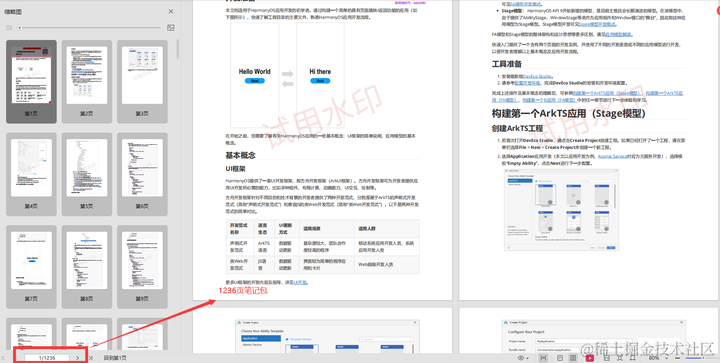
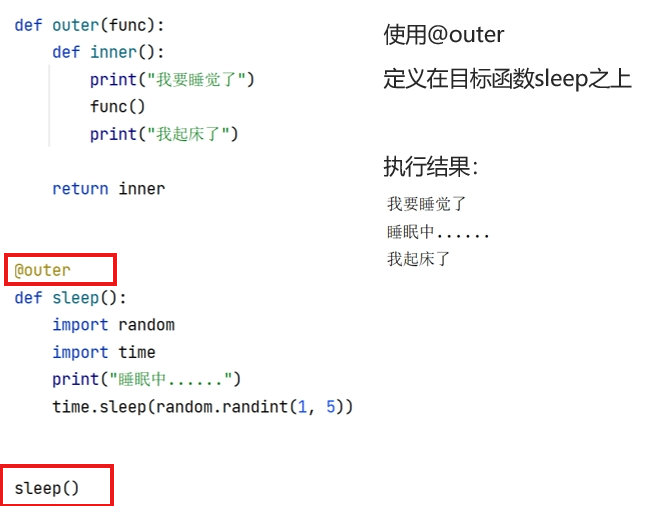
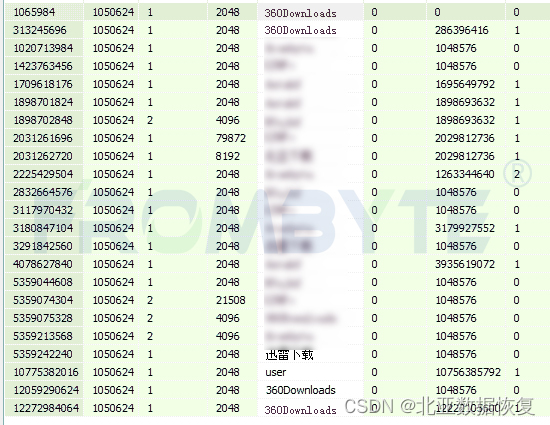
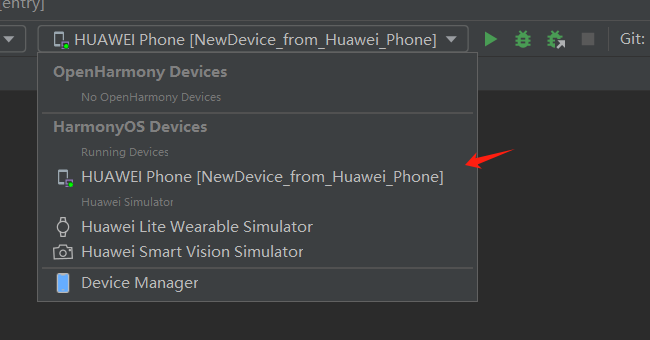
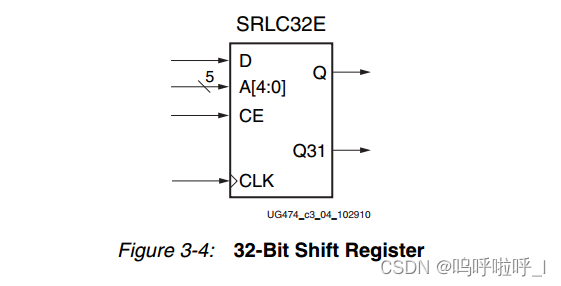


![[Linux][多线程][二][线程互斥][互斥量][可重入VS线程安全][常见锁概念]](https://img-blog.csdnimg.cn/direct/733562548c514e95bbf2acb6193d7aa4.png)


